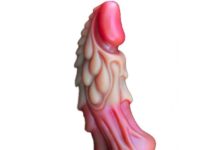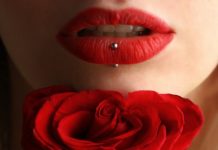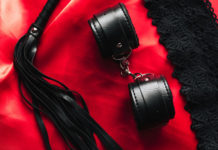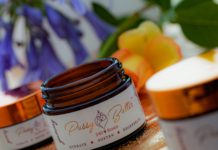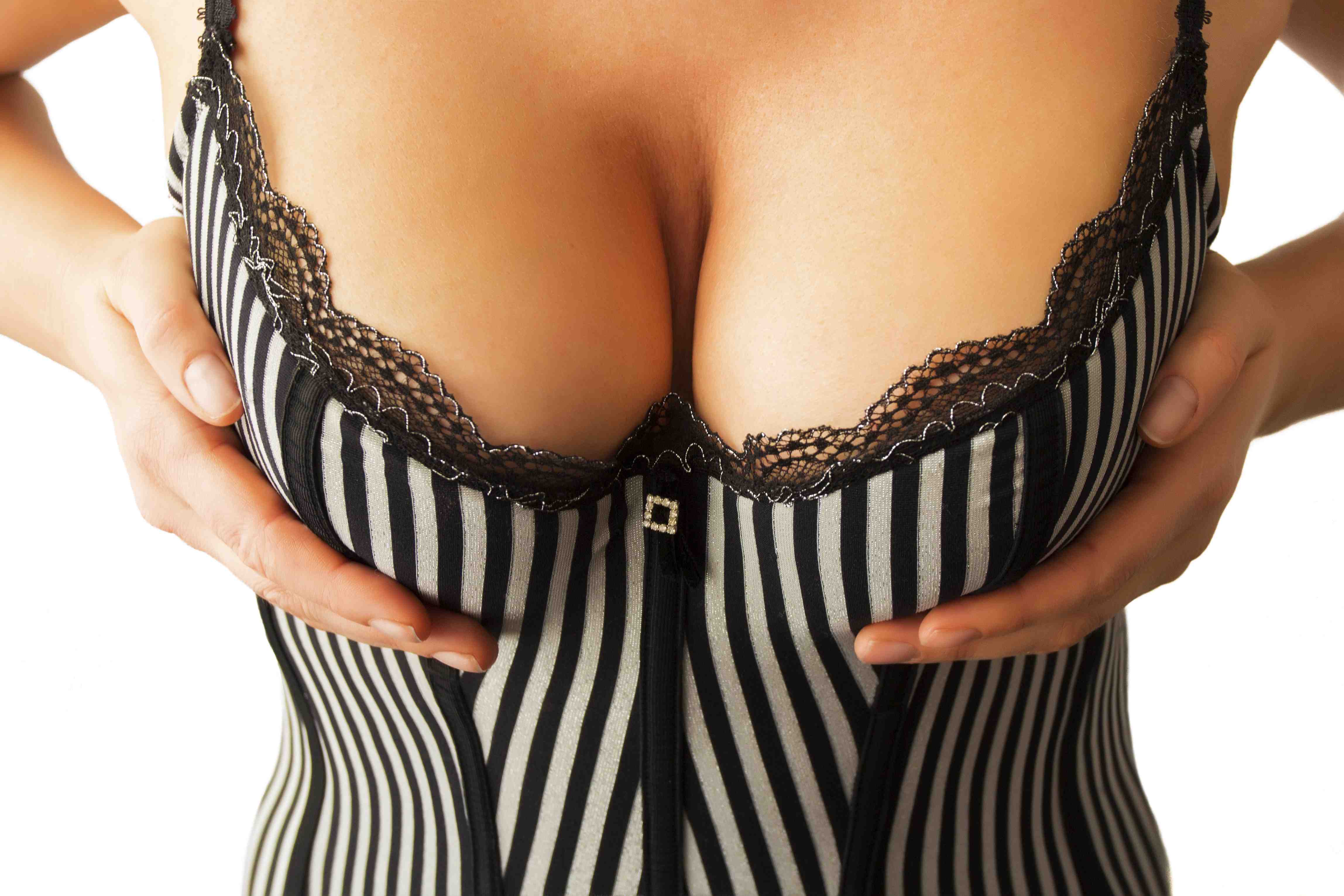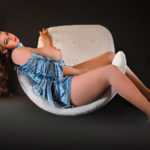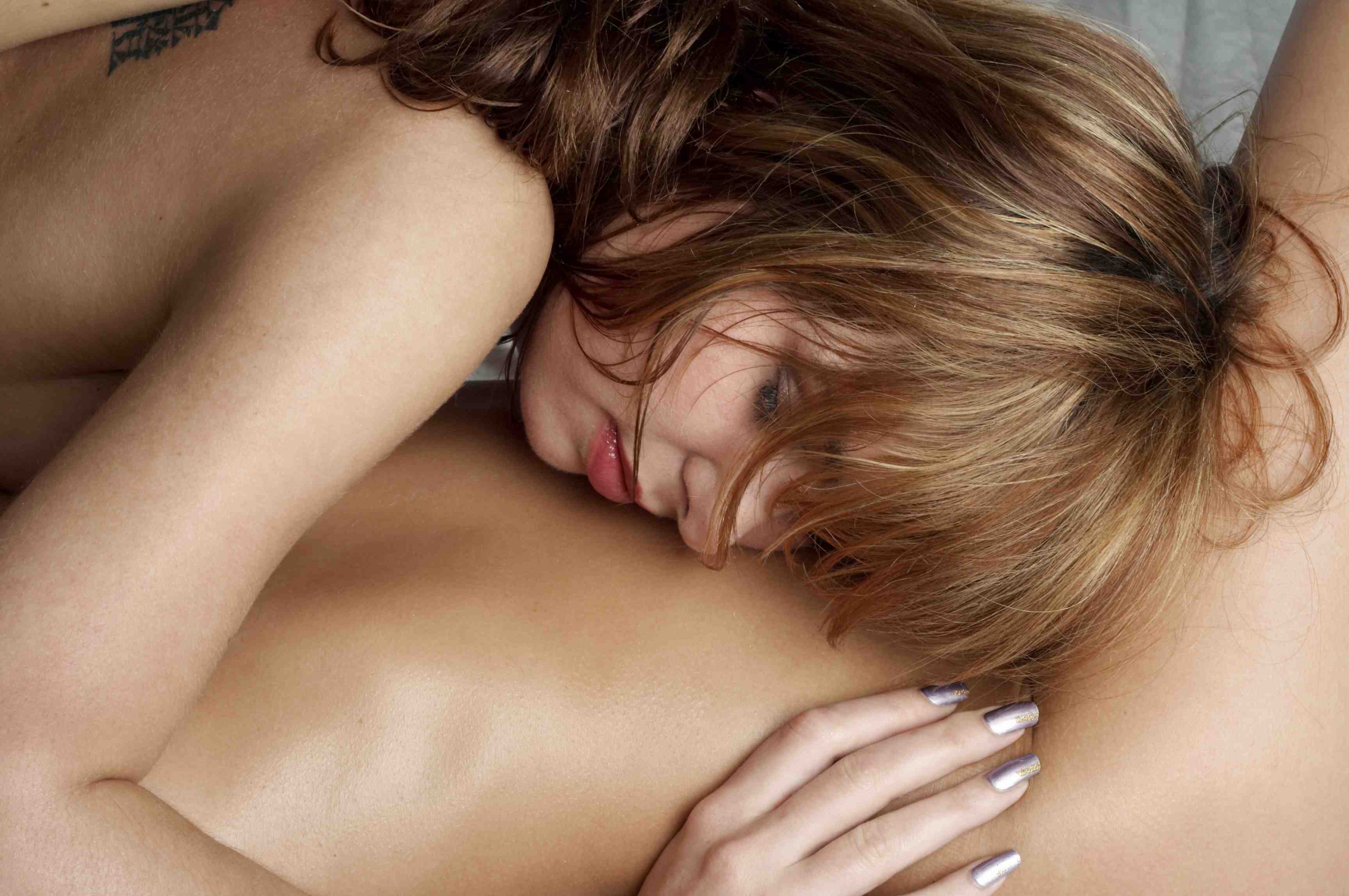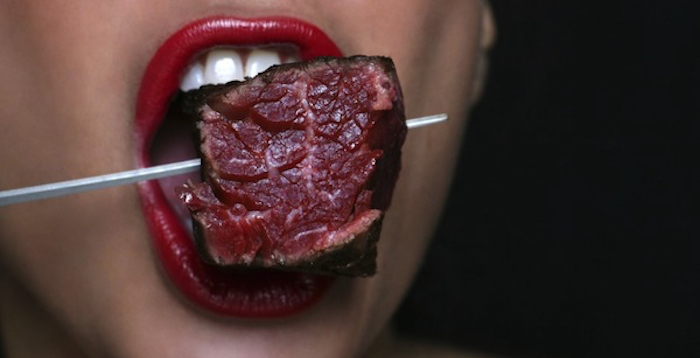It could be argued that if men did not worship big breasts, women would not be obsessed with enlarging them. If the media didn’t continue to hire big-breasted women to promote products, teenage boys would not focus their sexual energy on them. Even the traditional willowy, high fashion models have been transformed into more titillating sex symbols like Tyra Banks and Heidi Klum. And what would TV be without seeing the ever scintillating, bouncing breasts of Pamela Anderson? What’s more, Oscar winning actresses like Halle Berry are drop dead gorgeous with impeccable breasts, so it’s no wonder that men are fascinated, mesmerized and often obsessed with breasts.
The fascination with breasts is not a recent phenomenon. Breasts have been celebrated, admired and envied throughout the ages, as evinced in ancient art and fashion. In 1600 BC, there were sculptures of Minoan bare breasted high priestesses. Thereafter, many statues portrayed multi-breasted goddesses to signify power. In ancient Egypt, women adorned their breasts with primitive paintings and added perfumes to attract the opposite sex. They also kept their breasts bare so that they could frequently suckle their babies. In early Rome and Greece, Nubian slaves exposed their breasts to please their masters. Greek sculptors and Athenian vases frequently depicted exposed breasts.
Even during the reign of Christianity, around 341 AD, when women were forced to wear shapeless fashions, art frequently portrayed women with one or more of their breasts exposed to signify fertility rather than sexuality.
In the 14th Century, necklines lowered, clothes tightened and breasts were once again flaunted to the delight of every red-blooded man. It was during the Renaissance period that the corset was born. Breasts were pushed up, pushed together and molded into firm protruding decorations of desire that emphasized breasts to the max.
In 1508, Michelangelo was commissioned to repaint the ceiling of the Sistine Chapel, which he adorned with nudity in his portrayal of Adam and Eve. Rembrandt’s renowned portrait The Jewish Bride from 1666 depicts the husband holding his wife’s left breast as if he is claiming her.
In the 17th Century large breasts were the symbol of both erotica and productivity. This was an age of sensuality, wealth and power, especially in Europe, which was thriving on the success of its growing trade industry. In the 19th Century in America, female slaves were displayed bare breasted as they were put up for auction. Men judged their worth by the size and firmness of their breasts.
It should be noted that today breasts are much less sexualized in other non-Western cultures such as certain parts of Asia and Africa where breasts are not hidden under clothes or exaggerated with cleavage. In places like Bali, Indonesia and some parts of China, women walk around with their breasts exposed while they work, and it is considered natural, normal–completely void of eroticism. Perspectives on female breasts and nakedness vary enormously across cultures. For instance, at one extreme, women in certain parts of the Middle East, such as Saudi Arabia and Afghanistan, are prohibited from revealing any part of their breasts in public; yet, in many Western European nations such as France, Sweden and Holland, women can parade around topless or totally naked at public beaches.
Whatever the biological, historical, psychological, or cultural reasons for the fascination with breasts are, the issue is even more convoluted by the existence of silicone and saline breasts. For some men who love to look at big breasts, when they find out that those perfectly perky double D’s are false, they freak out. So what are the perfect breasts? The majority of men say their definition of the perfect breasts is a perky 36D, firm but not too firm, bouncy, not too far apart, long nipples, slight hang, medium-size areola, not took dark, and more than a handful. (A tall order, even for the most talented plastic surgeon.) They want to be able to bury their head in soft, warm flesh that jiggles when it moves. Other men admit that size really matters and don’t care if the breasts are real or fake. And, there are still other men who will compromise their size fixation if a woman has small breasts but long nipples.
This “bigger is better” tendency is analogous to Americans’ obsessions with having a bigger car, a bigger house and getting paid bigger bucks. It’s possible that some of this arrogance has transformed into a societal set of values that bigger breasts are the sexiest and most gratifying. There is so much more to a woman than a pair of breasts, and it would be revolutionary to be appreciated for the entire package—other physical attributes such as eyes, feet, smile—as well as inner beauty and sexuality.
What else is behind this passion for what is, let’s face it, ultimately just another body part? Breasts have often been compared to many round things that we find appealing, such as melons, the sun, moon, pearls. The breast has also been used to denote supremacy, possession, beauty and power. Perhaps therein lies the answer—supremacy, beauty and power—that which we desire so ardently and find so difficult to resist. Whatever shape or size breasts a woman has, the result is always the same when a man is making love to her—a direct link from the brain to the penis!
Bibliography:
Breasts: The Women’s Perspective on an American Obsession, By Carolyn Latteier, published by Harrington Park Press, 1998.
Woman: An Intimate Geography By Natalie Angier, published by Houghton Mifflin, 1999.
“Sexual History Breasts” in www.all-beauty.net, Bustline Design, 1999.
